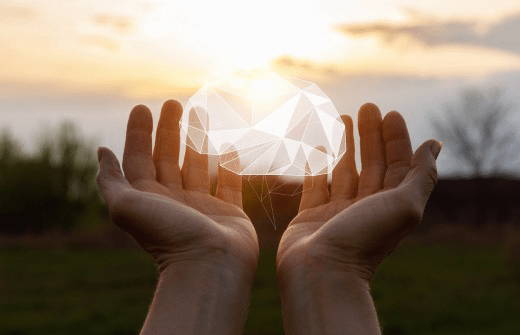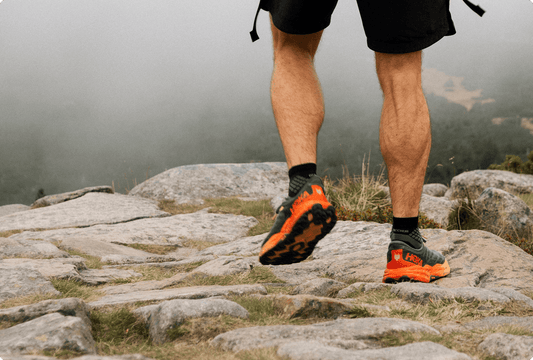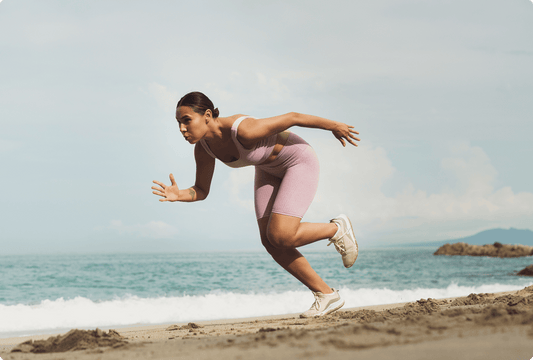Even if we talk about modern times and huge technological advances, our body did not change too much and did not have time to adapt for this rapid progression and its influence.
Our abode has changed drastically with advancing technology, seldom we have to move thanks to developed infrastructure, lifts, modern applications, delivery services or remote controls. Physically demanding activities are with each generation disappearing from daily lives and are replaced by and postures that keep the body inactive, whether sitting or in other unnatural positions requiring the minimal muscular activity.
But genetically the humans are meant to move constantly. Hunting and gathering, climbing, running, fighting, dancing around fire - these are movements our body is designed for. Even though it seems that a long period passed, evolutionary adaptations of the human body are much slower than we think. Our biochemical processes are not able to react so quickly to current conditions created by modern lifestyle (whether it is television, video games, computers and other conveniences).
Sedentary lifestyle
Nowadays it is not unusual to keep inactive the whole day. It seems, we do not need to move at all anymore. Many jobs do not require physical activity, all we need to do is driving, handle computer work abilities, and telephone-based activities. Office workers may spend up to three-fourths of their workday sitting. There is no necessity to escape from danger, etc. But exactly for these activities we are designed for and natural movement throughout the day is keeping biological processes alive.
Number of studies show that people that move regularly have 50% lower risk of colon cancer than inactive persons. When we do not move, our organism is in an emergency state, where a number of biochemical processes are blocked, cells are exposed to harmful processes. It is only a matter of time before the body sends an alarm, like tiredness, pain or any problem starts.
How can we reduce the risks of a sedentary lifestyle?
Very simply - move whenever is possible. We can not change our lifestyle or employment from one day to another. Just implement natural movements and exercises to everyday life. For example, try to walk or cycle instead of using the car, or take the stairs instead of using the lift. Do not keep your body in one position for a long time. If we really need to work the whole day on the desk, break it up as much as you can. Get small rests for quick exercise, stretching or small walks. Doing any physical activity is better than doing none. Change your mindset. If you are busy, think of movement as an opportunity, not an inconvenience.
What kind of exercise is the best for longevity?
There is a big difference between movement, exercise or doing sport. Doing exercise is optional and it is a way to spend leisure time. But moving is a must. It is essential to keep our body vital.

Team of anthropologists made a survey in a remote area of Tanzania of the community of Hadza, one of the last living hunter-gatherer populations. The goal was to find out the level of their physical activity during a day. Interesting finding was that Hadza, despite being sedentary for almost 10 hours each day, equivalent to clocking a shift in the office at the desk, do not suffer from chronic diseases like obesity, cardiovascular diseases, etc. What is the difference between us? The difference they noticed is that the Hadza are often resting in postures that require their muscles to maintain light levels of activity – either in a squat or kneeling. These postures require more muscle activity than sitting on a chair. Light muscle movements used during kneeling or squatting enable increased blood flow, oxygenation and consequently higher metabolic activity.
Our body adapts and will become perfect at whatever we do, or don’t do. Constant movement during a day strengthens your muscles, bones and joints. Complete inactivity of the entire body, or segments of it, will lead to an unavoidable and predictable muscle loss and lack of vascularization. There is evidence that inactivity during 30 days causes almost 60% loss of muscle mass. Sedentary lifestyle affects every cell in your body. It impacts metabolic functions as well as cellular aging.
Functional exercise training may be especially beneficial as it is based on fundamental human movement patterns like pull, climb, jumps, run. If you currently do no physical activity, start by doing some, and gradually build up to the recommended amount. Just let's move, it's never too late to start.
Sources:
Frank Forencich - New Old Way: Ancestral Health and Sapience for the Modern World (Move to live, live to move!)


















